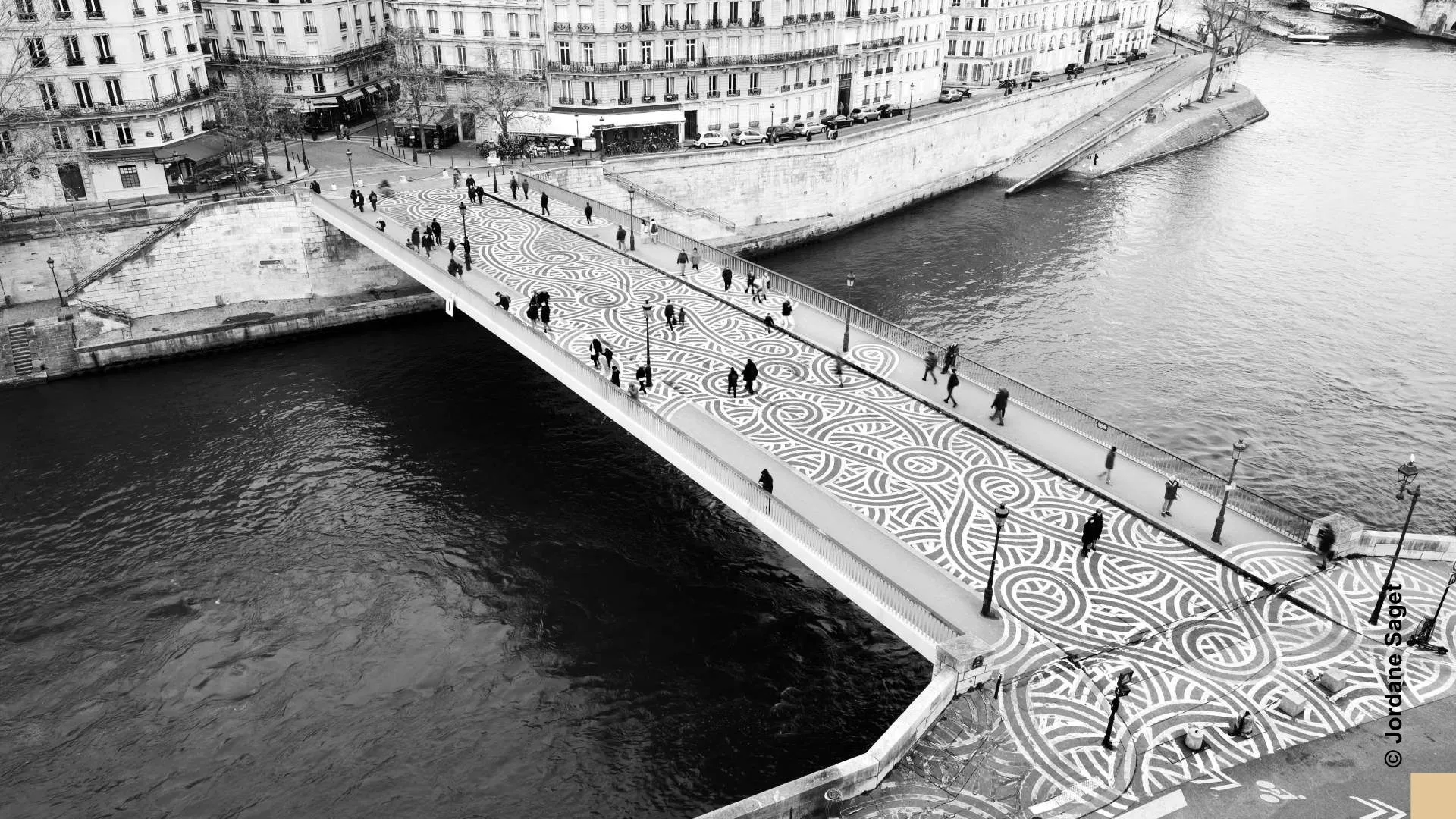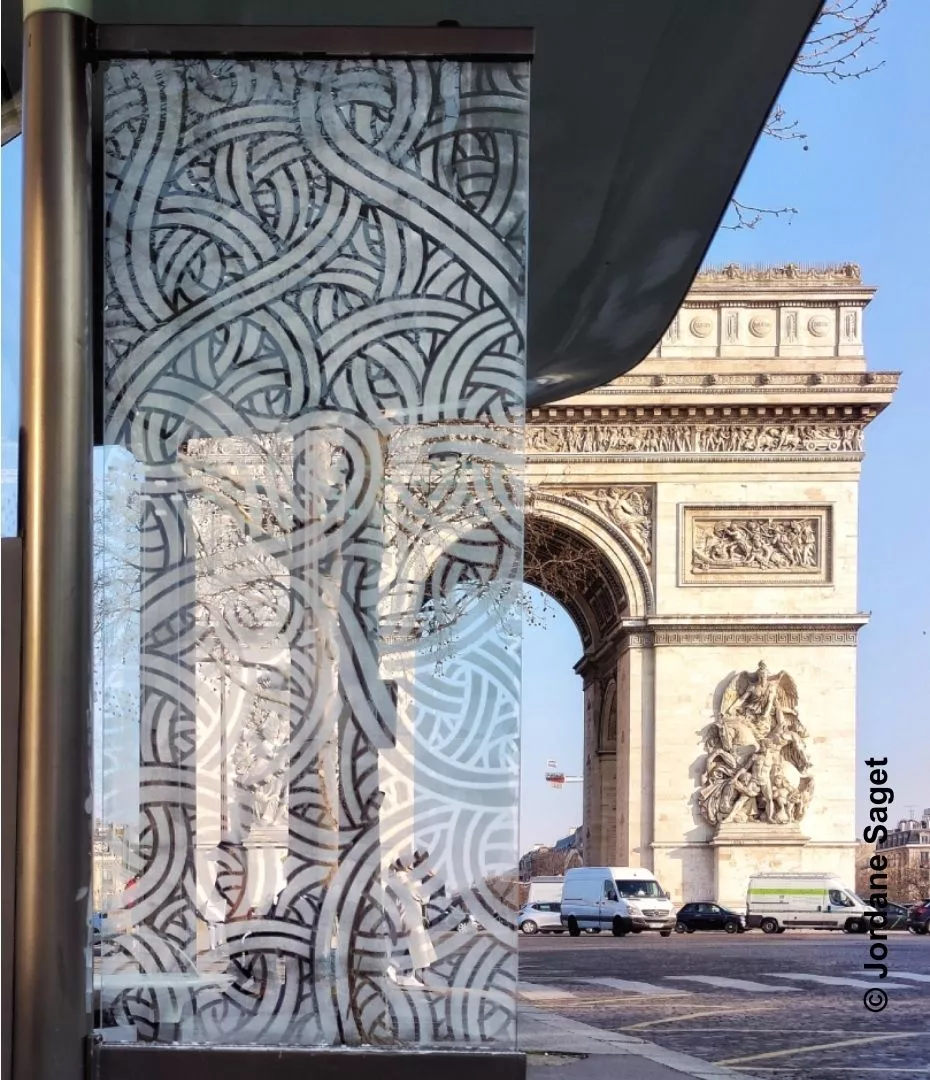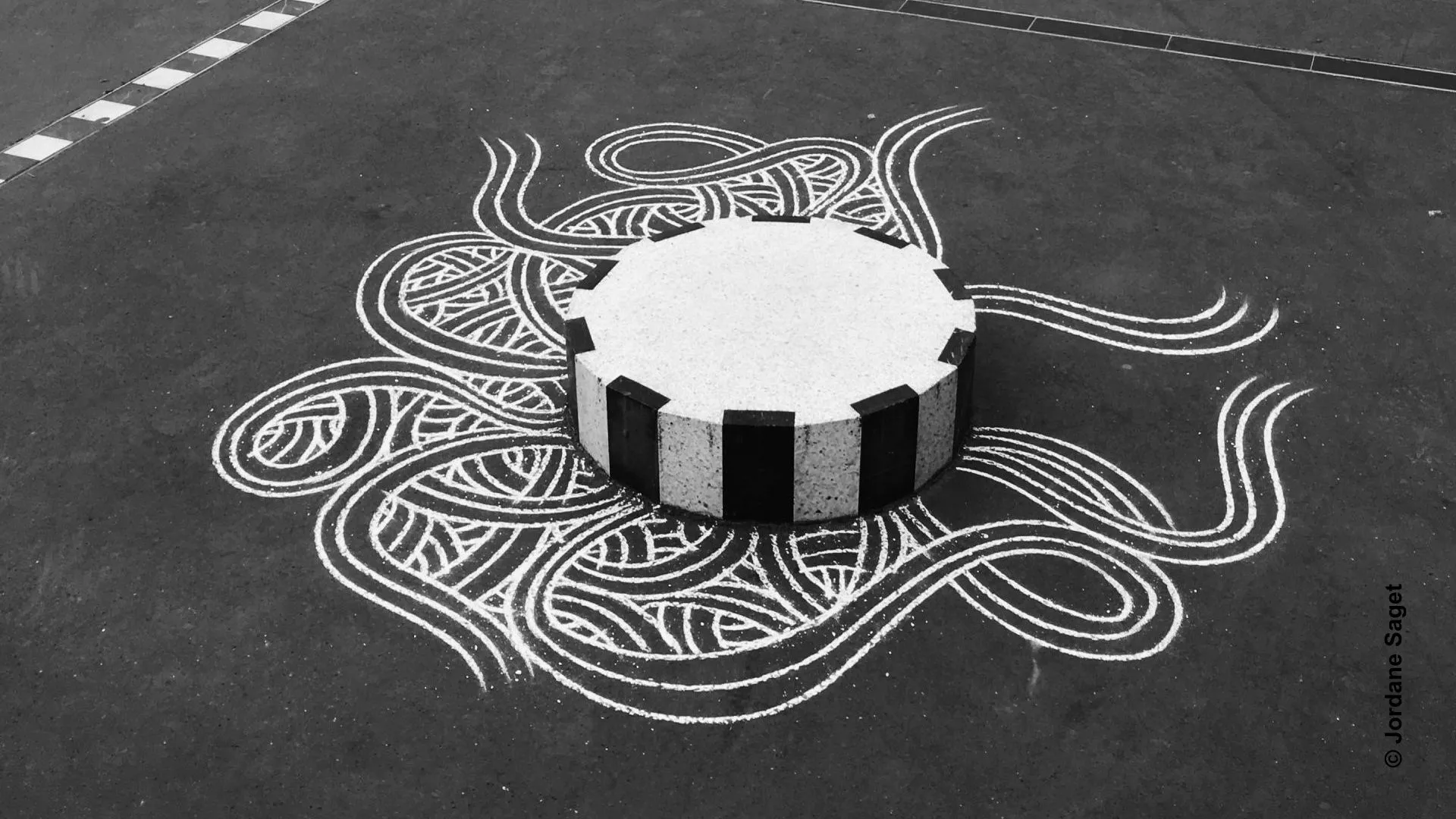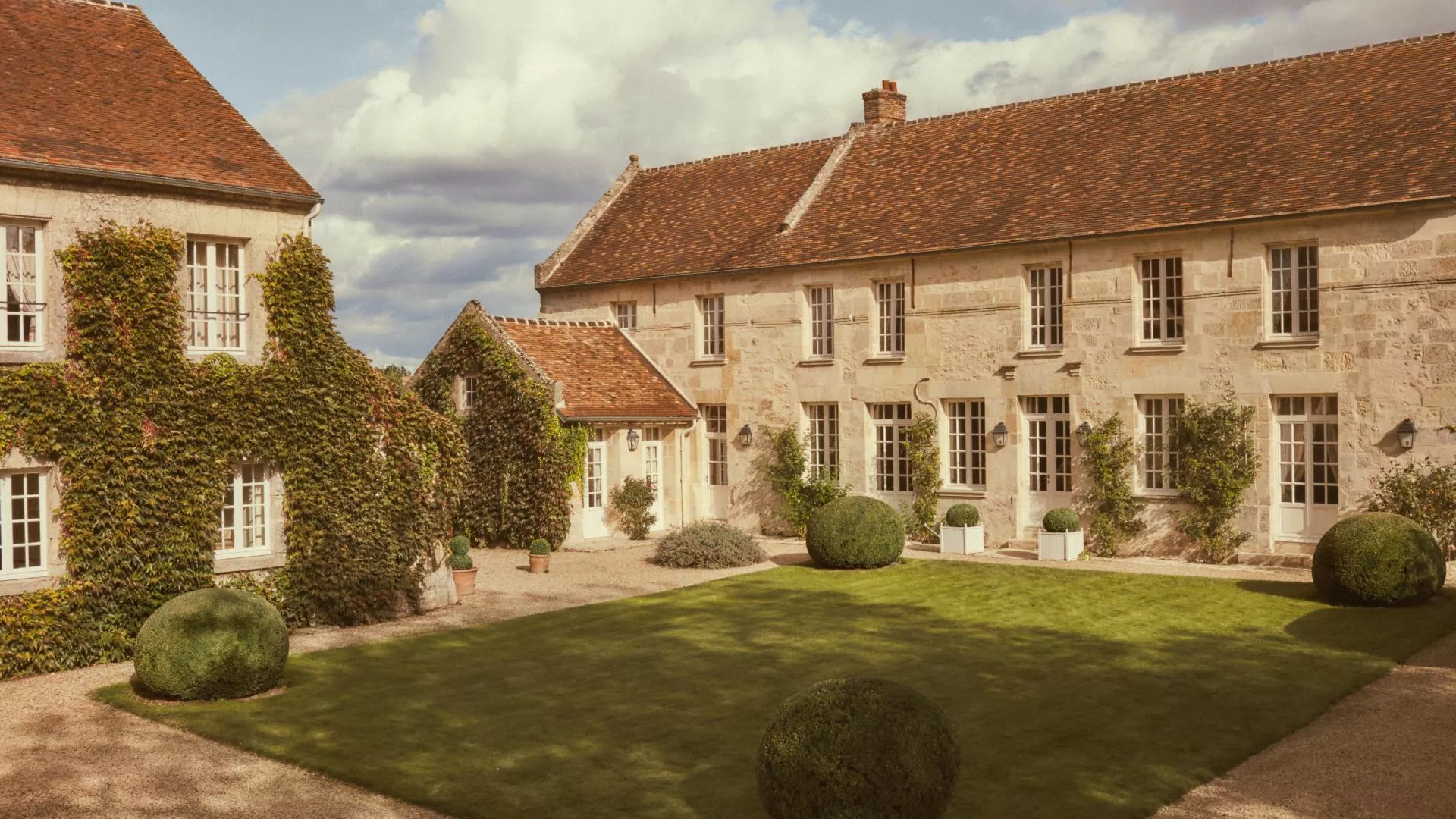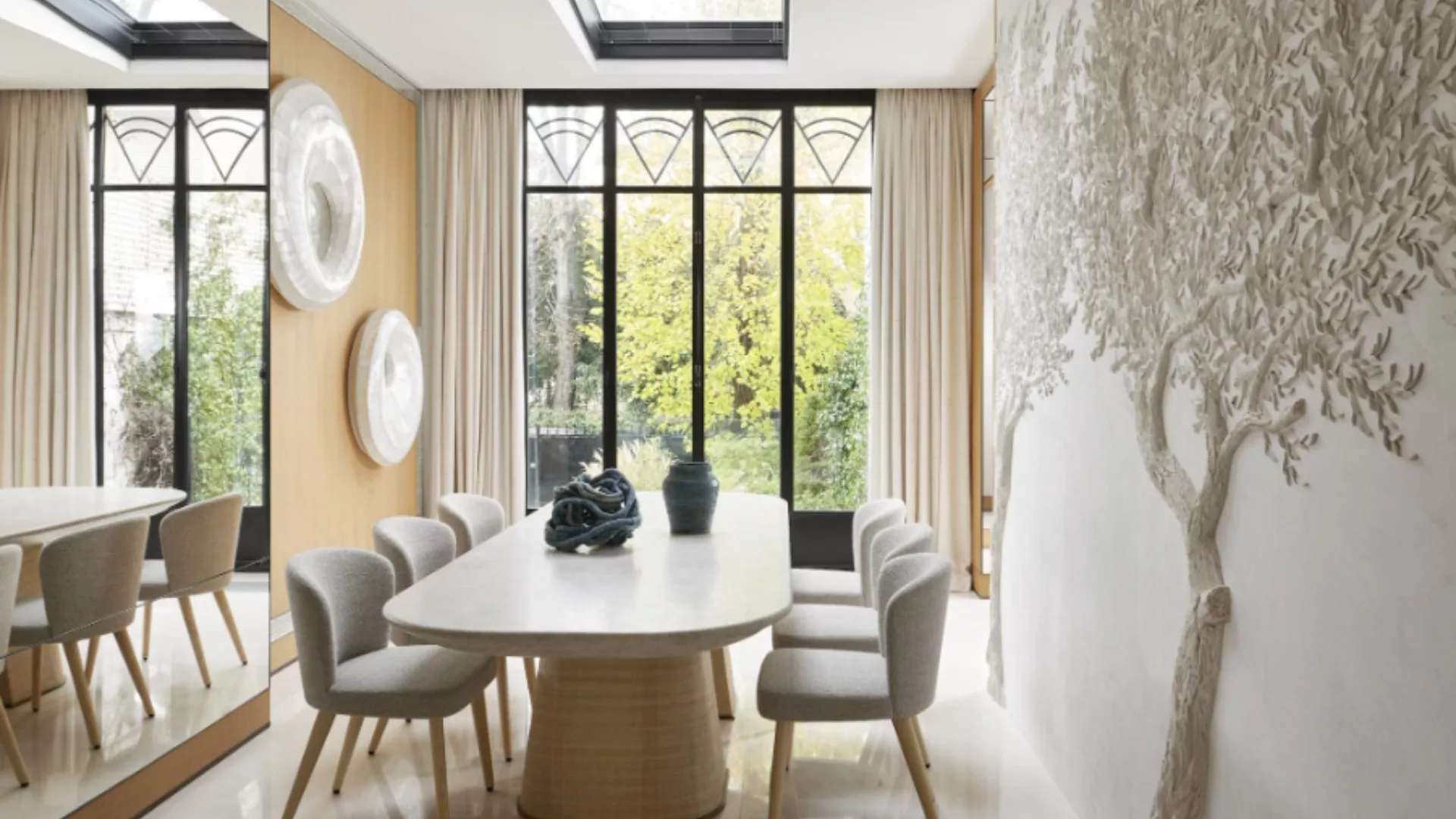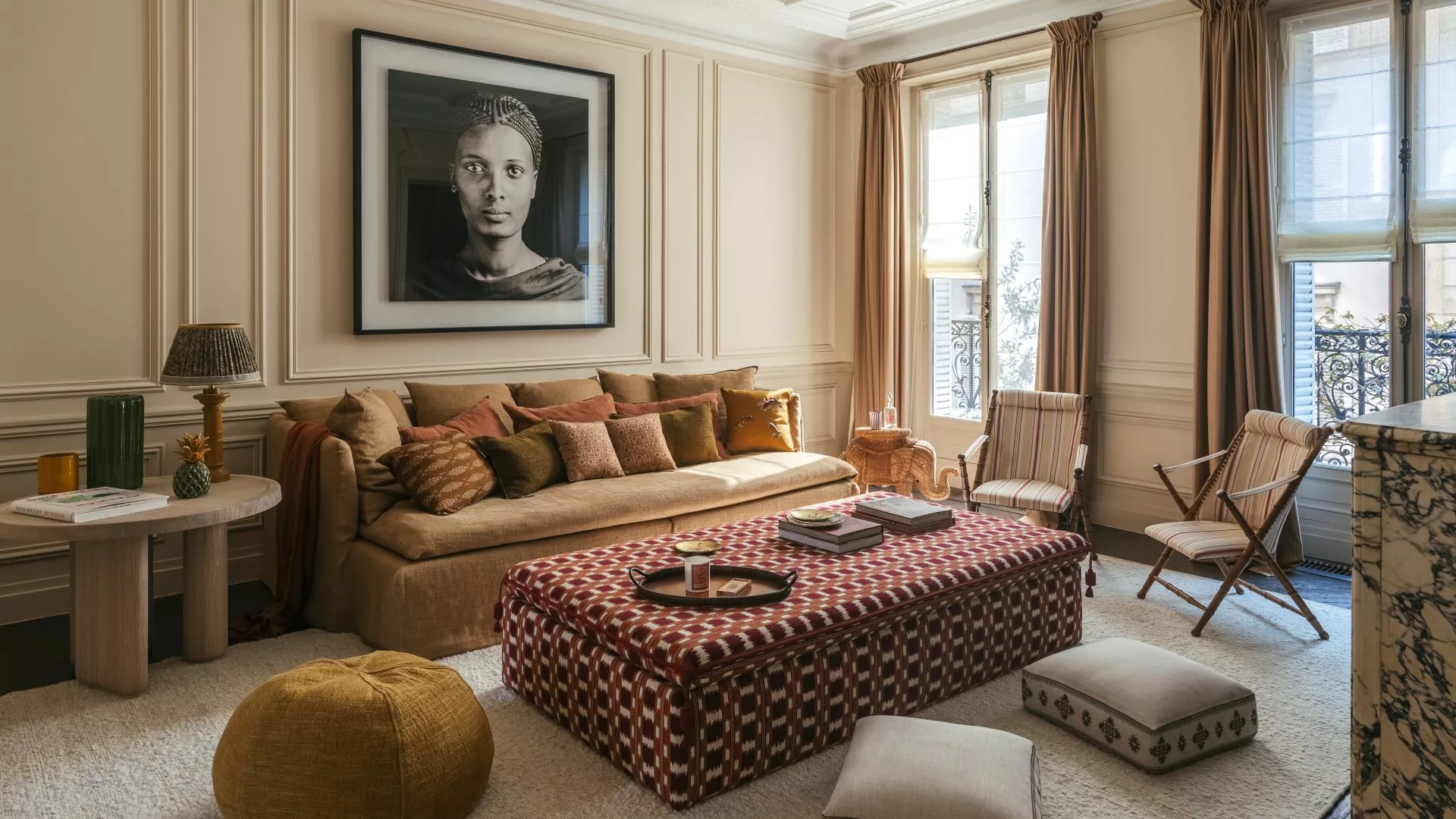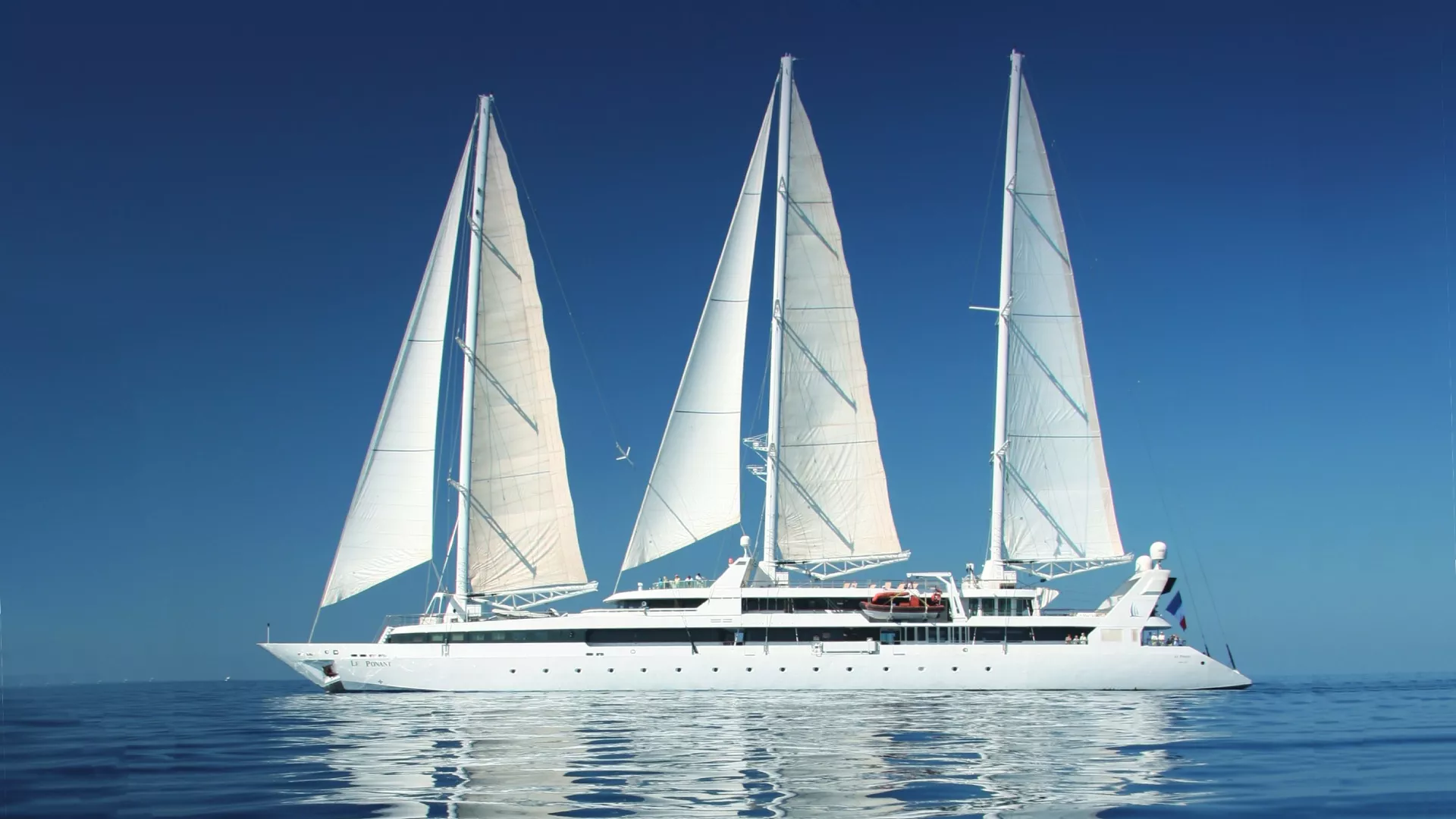Jordane Saget traces his destiny
From Parisian walls to contemporary galleries, Jordane Saget's art has not followed a set path. Its lines which meander today to the greatest luxury houses are the fruit of an imagination emancipated from conventions. His common thread? The pleasure of expressing yourself.
How would you describe your style ?
I often repeat my son's words: " Dad, he draws lines. " It's simple but it sums up the essence of my work. I resist the idea of defining my creations too precisely because for me, categories would impose limits on what I do.
Can you describe the graphic work that you created for the cover of Junot’s magazine
I approached the project with the same philosophy that I apply in my street works. I never repeat the same drawing, each creation is unique. For this cover, I incorporated adaptability, experimenting with different line weights and various shapes to meet the uniqueness of the medium. I choose my collaborations when I feel a "wink" of life, a sign that this is the right path to take. Junot's proposal resonated with me, evoking memories of my adolescence. Indeed, Avenue Junot marked my journey. It symbolizes my journey towards art and creation, because I used it to go to school. These little intuitions, these “winks”, as I call them, have always guided my decisions and have proven to be reliable.
Can we attribute a symbolism to your lines?
For me, they are so simple that they allow us to extract deep meanings, thoughts that go beyond us. Whether personal interpretations or worldviews, my lines provide a prism through which life can be viewed. They are a vector of meaning, adaptable and flexible, reflecting different qualities such as resilience or flexibility. It is this adaptability that makes my collaborations successful, whether they involve water, air, or even playful elements, like spaghetti used by children. Each element, each material brings its own interpretation, enriching the overall meaning of the work.
How does the city of Paris influence your work?
The interaction with the city, and in particular Paris, has been a fundamental aspect of my work. From my first street art works, I was struck by the way my lines vibrated in urban space. When I took photos of my drawings in the street, I realized how naturally they fit into the Parisian landscape.
What places are you inviting people to (re)discover?
As an artist, I contribute to the influence of the cultural life of Paris by sharing my works not only in the streets, but also through social networks and videos, allowing Paris to shine internationally. I like the idea of rediscovering and enhancing forgotten or neglected urban spaces by bringing light and a new perspective. My goal is to create moments of surprise and reverie for passers-by. By avoiding designing my works at the beginning, I wanted people to feel free to appreciate them without prejudice, offering another response to the visual aggressiveness often present in urban space. I appreciate the idea of placing my works discreetly, inviting the curious to discover and contemplate them, thus adding a poetic and dreamlike dimension to daily routine.
